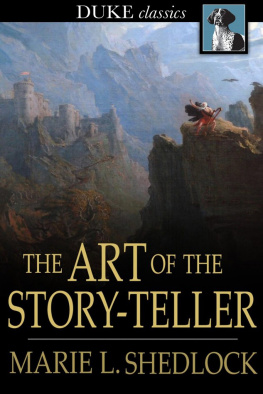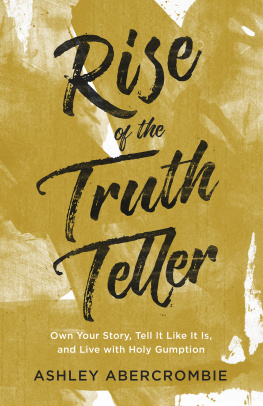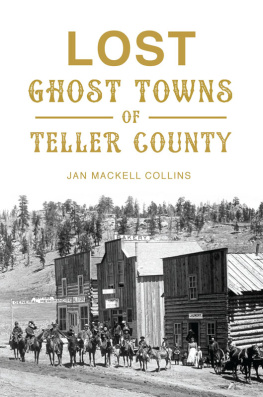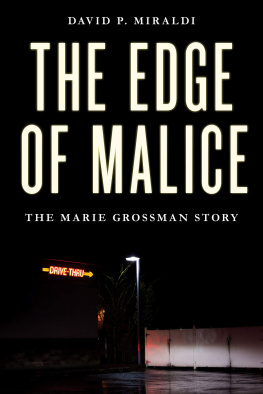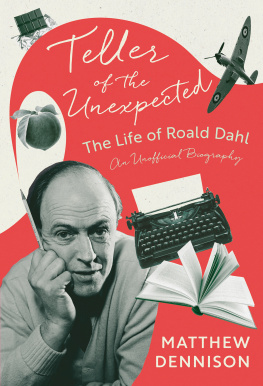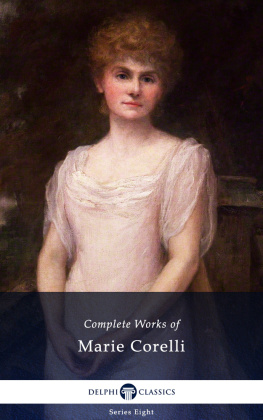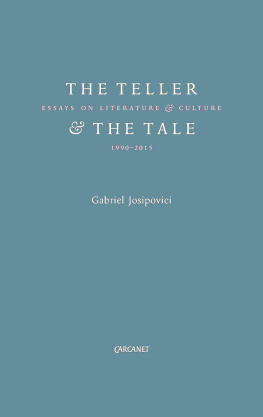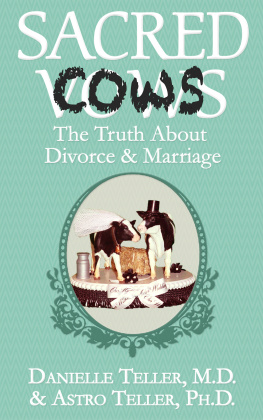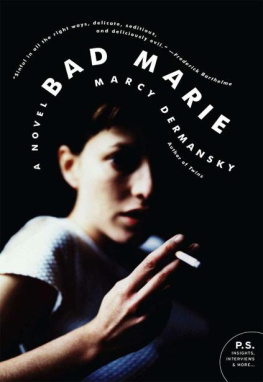Marie L. Shedlock - The Art of the Story-Teller
Here you can read online Marie L. Shedlock - The Art of the Story-Teller full text of the book (entire story) in english for free. Download pdf and epub, get meaning, cover and reviews about this ebook. City: S.I., year: 2020, publisher: Duke Classics, genre: Art. Description of the work, (preface) as well as reviews are available. Best literature library LitArk.com created for fans of good reading and offers a wide selection of genres:
Romance novel
Science fiction
Adventure
Detective
Science
History
Home and family
Prose
Art
Politics
Computer
Non-fiction
Religion
Business
Children
Humor
Choose a favorite category and find really read worthwhile books. Enjoy immersion in the world of imagination, feel the emotions of the characters or learn something new for yourself, make an fascinating discovery.
- Book:The Art of the Story-Teller
- Author:
- Publisher:Duke Classics
- Genre:
- Year:2020
- City:S.I.
- Rating:3 / 5
- Favourites:Add to favourites
- Your mark:
- 60
- 1
- 2
- 3
- 4
- 5
The Art of the Story-Teller: summary, description and annotation
We offer to read an annotation, description, summary or preface (depends on what the author of the book "The Art of the Story-Teller" wrote himself). If you haven't found the necessary information about the book — write in the comments, we will try to find it.
The Art of the Story-Teller — read online for free the complete book (whole text) full work
Below is the text of the book, divided by pages. System saving the place of the last page read, allows you to conveniently read the book "The Art of the Story-Teller" online for free, without having to search again every time where you left off. Put a bookmark, and you can go to the page where you finished reading at any time.
Font size:
Interval:
Bookmark:

From a 1917 edition
ISBN 978-1-62011-736-1
Duke Classics
2012 Duke Classics and its licensors. All rights reserved.
While every effort has been used to ensure the accuracy and reliability of the information contained in this edition, Duke Classics does not assume liability or responsibility for any errors or omissions in this book. Duke Classics does not accept responsibility for loss suffered as a result of reliance upon the accuracy or currency of information contained in this book.
Some day we shall have a science of education comparable to thescience of medicine; but even when that day arrives the art ofeducation will still remain the inspiration and the guide of allwise teachers. The laws that regulate our physical and mentaldevelopment will be reduced to order; but the impulses which leadeach new generation to play its way into possession of all thatis best in life will still have to be interpreted for us by theartists who, with the wisdom of years, have not lost the directvision of children.
Some years ago I heard Miss Shedlock tell stories in England. Herfine sense of literary and dramatic values, her power in sympatheticinterpretation, always restrained within the limits of the art she wasusing, and her understanding of educational values, based on a wideexperience of teaching, all marked her as an artist in story-telling.She was equally at home in interpreting the subtle blending of wit andwisdom in Daudet, the folk lore philosophy of Grimm, or the deeperworld philosophy and poignant human appeal of Hans Christian Andersen.
Then she came to America and for two or three years she taught us thedifference between the nightingale that sings in the tree tops and theartificial bird that goes with a spring. Cities like New York, Boston,Pittsburgh and Chicago listened and heard, if sometimes indistinctly,the notes of universal appeal, and children saw the Arabian Nightscome true.
Yielding to the appeals of her friends in America and England, MissShedlock has put together in this little book such observations andsuggestions on story-telling as can be put in words. Those who havethe artist's spirit will find their sense of values quickened by herwords, and they will be led to escape some of the errors into whicheven the greatest artists fall. And even those who tell stories withtheir minds will find in these papers wise generalizations andsuggestions born of wide experience and extended study which well gofar towards making even an artificial nightingale's song lessmechanical. To those who know, the book is a revelation of theintimate relation between a child's instincts and the finished art ofdramatic presentation. To those who do not know it will bring echoesof reality.
Earl Barnes.
Story-telling is almost the oldest art in the worldthe firstconscious form of literary communication. In the East it stillsurvives, and it is not an uncommon thing to see a crowd at a streetcorner held by the simple narration of a story. There are signs inthe West of a growing interest in this ancient art, and we may yetlive to see the renaissance of the troubadours and the minstrels whoseappeal will then rival that of the mob orator or itinerant politician.One of the surest signs of a belief in the educational power of thestory is its introduction into the curriculum of the training-collegeand the classes of the elementary and secondary schools. It is justat the time when the imagination is most keen, the mind beingunhampered by accumulation of facts, that stories appeal most vividlyand are retained for all time.
It is to be hoped that some day stories will be told to school groupsonly by experts who have devoted special time and preparation to theart of telling them. It is a great fallacy to suppose that thesystematic study of story-telling destroys the spontaneity ofnarrative. After a long experience, I find the exact converse to betrue, namely, that it is only when one has overcome the mechanicaldifficulties that one can "let one's self go" in the dramatic interestof the story.
By the expert story-teller I do not mean the professional elocutionist.The name, wrongly enough, has become associated in the mind of thepublic with persons who beat their breast, tear their hair, and declaimblood-curdling episodes. A decade or more ago, the drawing-room reciterwas of this type, and was rapidly becoming the bugbear of socialgatherings. The difference between the stilted reciter and the simplestory-teller is perhaps best illustrated by an episode in Hans ChristianAndersen's immortal "Story of the Nightingale." The real Nightingaleand the artificial Nightingale have been bidden by the Emperor to unitetheir forces and to sing a duet at a Court function. The duet turns outmost disastrously, and while the artificial Nightingale is singing hisone solo for the thirty-third time, the real Nightingale flies out ofthe window back to the green wooda true artist, instinctively choosinghis right atmosphere. But the bandmastersymbol of the pompouspedagoguein trying to soothe the outraged feelings of the courtiers,says, "Because, you see, Ladies and Gentlemen, and above all, YourImperial Majesty, with the real nightingale you never can tell what youwill hear, but in the artificial nightingale everything is decidedbeforehand. So it is, and so it must remain. It cannot be otherwise."
And as in the case of the two nightingales, so it is with the stiltedreciter and the simple narrator: one is busy displaying the machinery,showing "how the tunes go"; the other is anxious to conceal the art.Simplicity should be the keynote of story-telling, but (and her thecomparison with the nightingale breaks down) it is a simplicity whichcomes after much training in self-control, and much hard work inovercoming the difficulties which beset the presentation.
I do not mean that there are not born story-tellers who could hold anaudience without preparation, but they are so rare in number that we canafford to neglect them in our general consideration, for this work isdedicated to the average story-tellers anxious to make the best use oftheir dramatic ability, and it is to them that I present my plea forspecial study and preparation before telling a story to a group ofchildrenthat is, if they wish for the far-reaching effects I shallspeak of later on. Only the preparation must be of a much lessstereotyped nature than that by which the ordinary reciters are trainedfor their career.
Some years ago, when I was in America, I was asked to put into theform of lectures my views as to the educational value of tellingstories. A sudden inspiration seized me. I began to cherish a dreamof long hours to be spent in the British Museum, the CongressionalLibrary in Washington and the Public Library in Bostonand thisis the only portion of the dream which has been realized. I plannedan elaborate scheme of research work which was to result in amagnificent (if musty) philological treatise. I thought of trying todiscover by long and patient researches what species of lullaby werecrooned by Egyptian mothers to their babes, and what were theelementary dramatic poems in vogue among Assyrian nursemaids whichwere the prototypes of "Little Jack Horner," "Dickory, Dickory Dock"and other nursery classics. I intended to follow up the study ofthese ancient documents by making an appendix of modern variants,showing what progress we had madeif anyamong modern nations.
Font size:
Interval:
Bookmark:
Similar books «The Art of the Story-Teller»
Look at similar books to The Art of the Story-Teller. We have selected literature similar in name and meaning in the hope of providing readers with more options to find new, interesting, not yet read works.
Discussion, reviews of the book The Art of the Story-Teller and just readers' own opinions. Leave your comments, write what you think about the work, its meaning or the main characters. Specify what exactly you liked and what you didn't like, and why you think so.

